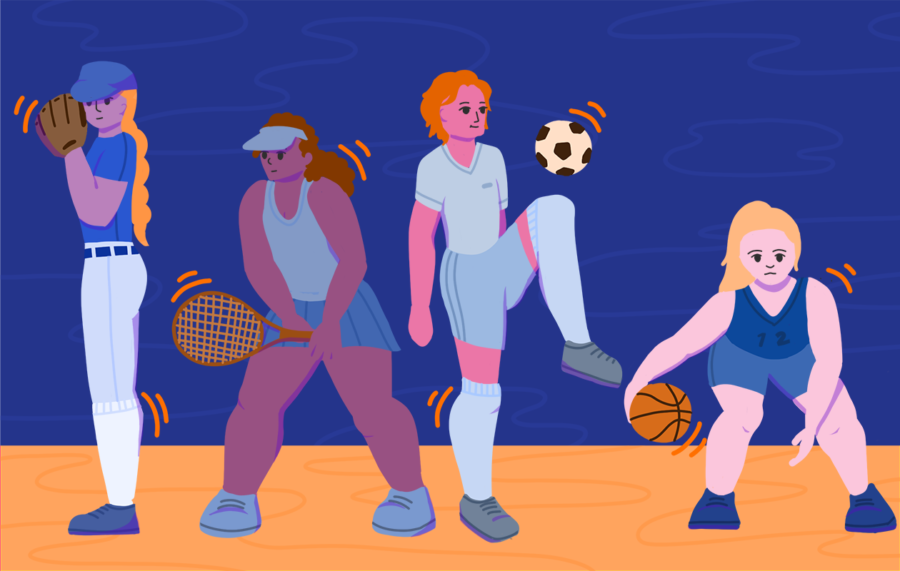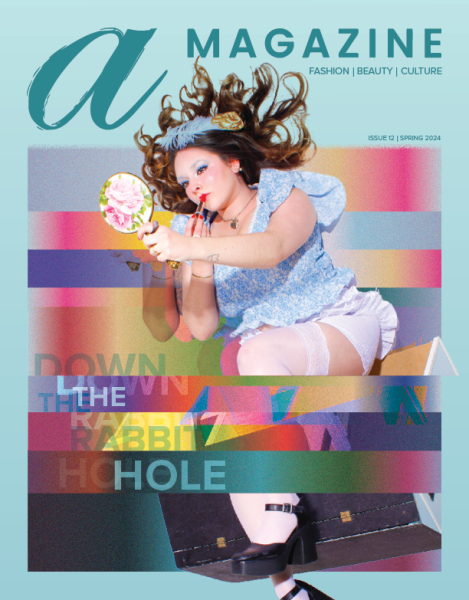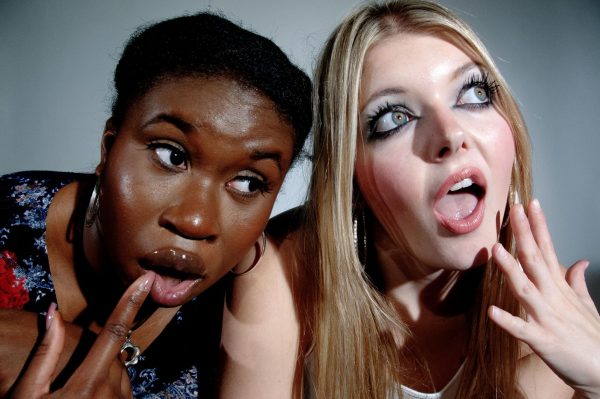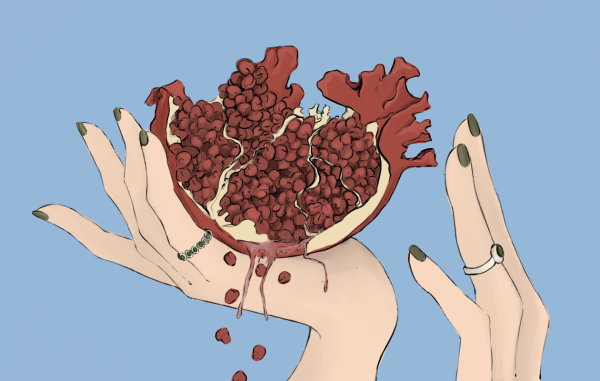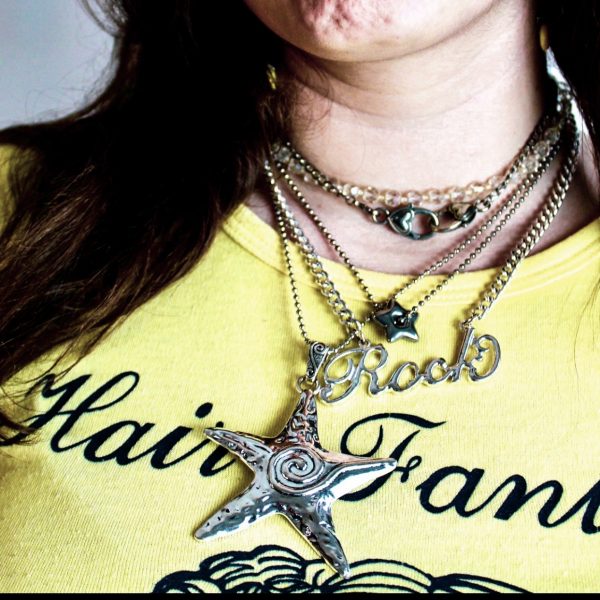dear women in sports
Men and women may be equal on paper, but in reality, we’re far from it. The sports industry is just one of many industries that discriminate against women. For example, when the media portrays male athletes, it often shows them as heroic and strong, while women are often sexualized, overlooked or not highlighted by their athletic capabilities. Serena and Venus Williams, two of the greatest tennis players of all time, had to constantly endure comments based on what they were wearing and not on how they were playing.
Not to mention, the gender pay gap. In 2021 women received 82 cents for every dollar men did, according to the U.S. Census Bureau. Title IX, a federal law that prohibits gender discrimination in educational programs, may exist, but some girls and womens sports still experience fewer opportunities compared to the ones given to boys and mens sports.
The first step to reaching gender equity is to recognize the problem and understand how it affects women. Elizabeth Lufkin, a senior human development and family studies major, is an event intern at the Women’s Center and said that gender discrimination in sports comes from the idea that sports are not a “feminine” activity.
According to Lufkin, this leads to the lack of media coverage and support for women’s sports in the industry. Lufkin added that misogynistic comments also contribute to the discouragement female athletes face, like the phrase, “You play like a girl.” But what’s wrong with that?
Still, the negative connotation and discouragement can have a long-term impact on girls’ self-esteem and keep women out of sports. It led Lufkin to drop out of sports and not want to go back the following year.
“I feel like they are not empowered by the sports that they play because no one is showing them that they can be empowered,” Lufkin said.
Women’s sports account for only 4% of sports media coverage despite 40% of all sports participants being women, according to the Tucker Center for Research on Girls & Women in sport. There’s a lot of work to be done, but increasing promotion and advertising would be helpful to encourage more girls to play sports.
We may not be able to control the media, but Lufkin said we can do our part by “using more inclusive language when talking about sports, and realizing how saying certain things are discouraging and the opposite of progress.”
Rachel Stran, a junior fashion merchandising major, plays in the Women’s Basketball Club and agrees that the media coverage is not the same for men and women. But she said she has seen some progress.
“Especially with women coming into the picture more, you could go back 20 years ago and you wouldn’t even know about the women’s basketball team,” Stran said.
But nowadays, girls have Women’s National Basketball Association and the National Women’s Soccer League, as well as female sports announcers in ESPN, Stran said.
The gender pay gap is not only unfair but it also doesn’t make sense, Stran said. The average pay for men’s professional basketball is approximately $6 million, while the average pay for women’s professional basketball is approximately $130,000. Mens and womens basketball have the exact same rules, so why do men receive more money than women for playing the same sport?
Still, the issue is not only on media coverage or salary. Stran said she believes that men don’t seem to give their best when they’re competing against women, as if they were not real competition.
“I can play just as good as men, if not better,” Stran said.
As a female athlete, Stran advises other girls and women who want to become athletes to not pay attention to all the noise.
“If you love it, if it’s your passion, you shouldn’t need outside validation,” Stran said.
Kyndall Gilbert, a junior biology pre-med major, is part of Kent State’s Women’s Gymnastics Team and encourages girls and women to focus on the gratification from being a professional athlete. For Gilbert, the relationships with other female athletes were also fundamental to keeping her motivated.
“One thing that helped me for sure was seeing that my teammate is a girl, and she is strong, and she is beautiful,” she said.
She also said how funding is still a big issue in the sports industry since male athletes still get paid way more than women, Gilbert said. In NCAA’s 2022 Title IX report, it found that within Division I athletics, there was a $25.6 million gap between men’s and women’s sports in 2018-2019.
With little funding, her team doesn’t even have all the working showers in their locker rooms, Gilbert said. And other female athletes share this feeling, when they see the funding going to men’s sports.
Women’s sports are also not as well advertised and promoted as men’s sports are, Gilbert said. While everyone knows when there is a football game happening, the word isn’t as spread for the gymnastics team, Gilbert said. Some people don’t even know Kent State has a gymnastics team, but they know about the football and basketball teams.
But the issue goes a long way. When Gilbert was in middle school, she said she would be called a “guy” or that she looked like a bodybuilder because she had big muscles, “as if you couldn’t be strong and a girl,” she said. While the football players or other male athletes were proud of being athletes, some female athletes felt ashamed and tried to hide their athletic features because the media constantly pushes the idea that playing a sport is not feminine, said Gilbert.
“It was hard for me as a girl to be proud that I was an athlete,” Gilbert said. “And I kind of grew out of it being an athlete my whole life. It’s part of my identity and I embrace it now.”
In the end, the sports industry reflects the sexism in our society that affects all other industries. That doesn’t mean we should stop striving for change, but acknowledge the issue and find ways to achieve gender equity.
We may not be able to control the gender pay gap by ourselves, but there are other ways to support women’s sports. Buying merchandising, purchasing tickets, attending games and supporting girls from a young age are all ways to encourage women and end gender discrimination in sports.
“There’s always going to be a fight there that has to happen, but as long as we’re fighting and talking about it, that’s progress,” Lufkin said.
Support Student Media
Hi! I’m Catie Pusateri, A Magazine’s editor-in-chief. My staff and I are committed to bringing you the most important and entertaining news from the realms of fashion, beauty and culture. We are full-time students and hard-working journalists. While we get support from the student media fee and earned revenue such as advertising, both of those continue to decline. Your generous gift of any amount will help enhance our student experience as we grow into working professionals. Please go here to donate to A Magazine.

